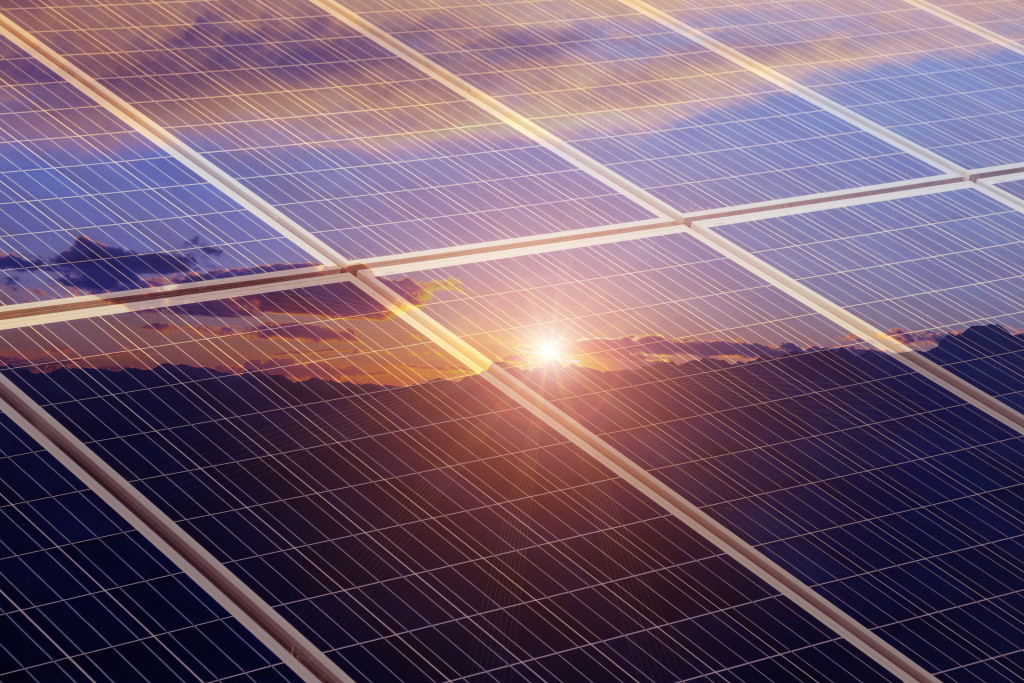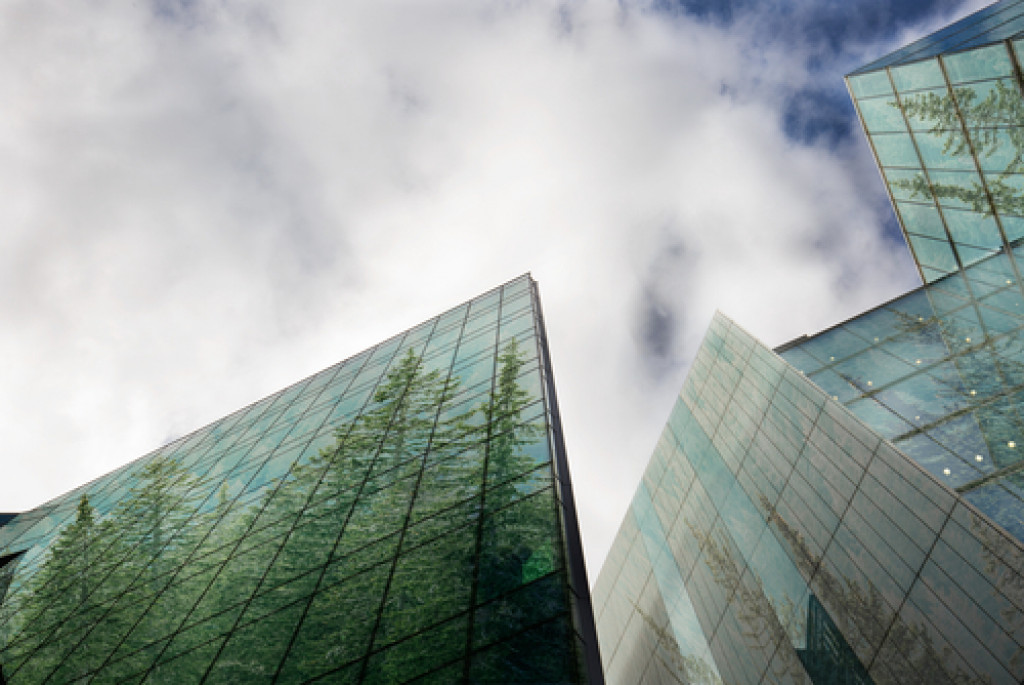- Eco-conscious construction practices aim to reduce negative environmental impact while improving occupant comfort.
- Energy-efficient design, insulation, air sealing, energy-efficient windows and doors, and renewable energy sources are critical components of sustainable building practices.
- Low-flow fixtures and rainwater harvesting effectively conserve water and reduce costs for eco-conscious building projects.
- Investing in renewable energy sources, like solar and wind power, benefits the building’s electricity while reducing its carbon footprint.
- Building energy efficiency certification encourages better building practices and offers tangible benefits like improved marketability and cost savings.
As the world becomes more aware of the impact of human activities on the environment, there has been a growing interest in sustainable building practices. These practices aim to reduce the negative impact of buildings on the environment while creating healthier and more comfortable spaces for occupants.
As more businesses and organizations strive to reduce their environmental impact and conserve natural resources, sustainable building practices have become popular over the past few years. It’s an important way of preserving our planet’s ozone layer while achieving a high-caliber build that provides value and performance.
However, many people are unsure how they can begin incorporating sustainable techniques into their construction plans or just why it’s even worth doing so in the first place!
This guide—will help you understand what sustainable building entails, along with tips for implementing various processes throughout your project’s lifecycle since building green is no longer a trend but rather the new normal.
Energy-efficient Design
Incorporating energy-efficient design into a building project is integral to achieving sustainable practices. In our current climate, this is vital; reduced energy waste can lead to lower utility bills and a greener future.
Proper Insulation and Air Sealing
Proper insulation and air sealing are the most important considerations when applying eco-conscious building practices. Thick, high-quality insulation and properly sealed air cavities are essential for preserving energy efficiency and reducing utility costs.
By evaluating existing conditions and then strapping, insulating, and sealing cracks and gaps, builders can ensure the installation is done right the first time to guarantee years of efficient performance.
Use of Energy-efficient Windows and Doors
Incorporating energy-efficient windows and doors is an effective way to reduce the environmental impact of construction. Not only do these low-emissivity windows trap heat in, helping to keep your building warm during cold winter, but they also reflect light away from walls and floors, effectively cooling a building and reducing the strain on air conditioning systems in warmer weather climates.
Utilizing updated, modern designs when installing windows and doors is vital to maintain functionality and effectiveness throughout the years. We always recommend investing in products with superior warranties that stand behind their quality.
Installation of Energy-efficient Lighting
Energy-efficient lighting is becoming increasingly crucial for eco-conscious construction. This can be accomplished in several ways, including using LED light bulbs, which are very energy efficient and have up to fourteen times lower energy consumption than incandescent bulbs. For maximum impact, strategically install these LEDs into existing cove light systems or incorporate an organization’s current skylights and natural lighting.
Renewable Energy Sources
The importance of creating a more sustainable future should be considered. Renewable energy resources, such as solar and wind power, are reliable for meeting our modern energy needs without contributing to climate change or causing harmful pollution.
Investing in renewable energy sources has significant long-term benefits beyond reducing your carbon footprint. Installing solar panels on a building’s roof is an easy way to generate electricity that can provide up to 50% of the building’s electrical load. This is essential to protecting the environment and ensuring its sustainability for future generations.

Building Energy Efficiency Certification
Obtaining building energy efficiency certification is essential to a building’s green construction. Not only does certification encourage better building practices that are more environmentally sustainable, but it also provides tangible benefits to the people responsible, such as improved marketability, enhanced reputation, and potential cost savings in the future.
Ultimately, certified buildings demonstrate global responsibility and commitment to eco-friendly principles. As such, any business or organization involved in green construction should strongly consider getting their projects certified, meeting the standards set by a reliable third-party certification agency.
Water Conservation
Water is an essential resource for building, yet water pollution and shortages are a growing concern worldwide. That’s why construction professionals need to understand the various approaches that can help conserve water during building projects. Such practices include:
Low-flow Fixtures
Low-flow fixtures are becoming increasingly popular in eco-conscientious construction projects. They play a critical role in sustainable building by conserving water, primarily when used strategically. Low-flow faucets, toilets, and showers reduce water consumption and save businesses money on their utility bills.
Installation of these fixtures typically involves replacing the existing models with more efficient low-flow options; many allow for the same user experience without the environmental cost.
Rainwater Harvesting
Rainwater harvesting has revolutionized sustainable building, providing a cost-effective way to reduce water consumption and potentially lower water bills. This ancient practice of harvesting runoff from roofs, channels, and other surfaces has become more sophisticated in recent years, with uses from irrigation to flushing toilets—all with a lower impact on the surrounding environment.
Today’s rainwater harvesting systems are designed for maximum efficiency, utilizing multiple filtration techniques to remove debris and contaminants while providing highly usable water. With its low costs, easy installation, and numerous practical applications, rainwater harvesting quickly becomes essential to any eco-conscious construction project.

To sum up, eco-conscious building practices are essential for a sustainable future. Energy-efficient design, insulation, and air sealing, the installation of windows and doors that utilize minimal energy, energy-efficient lighting, renewable sources such as solar panels and wind turbines, and water conservation methods such as low-flow fixtures and rainwater harvesting—all of these require clever planning to reduce your environmental impact.
Moreover, pursuing building energy efficiency certification sends a powerful message to the world that you proactively seek sustainable construction solutions. At the end of the day, while it may require more effort than most standard building practices call for upfront, eco-conscientious construction ensures positive long-term impacts far more significant than any extra expenses associated with an eco-friendly build.



